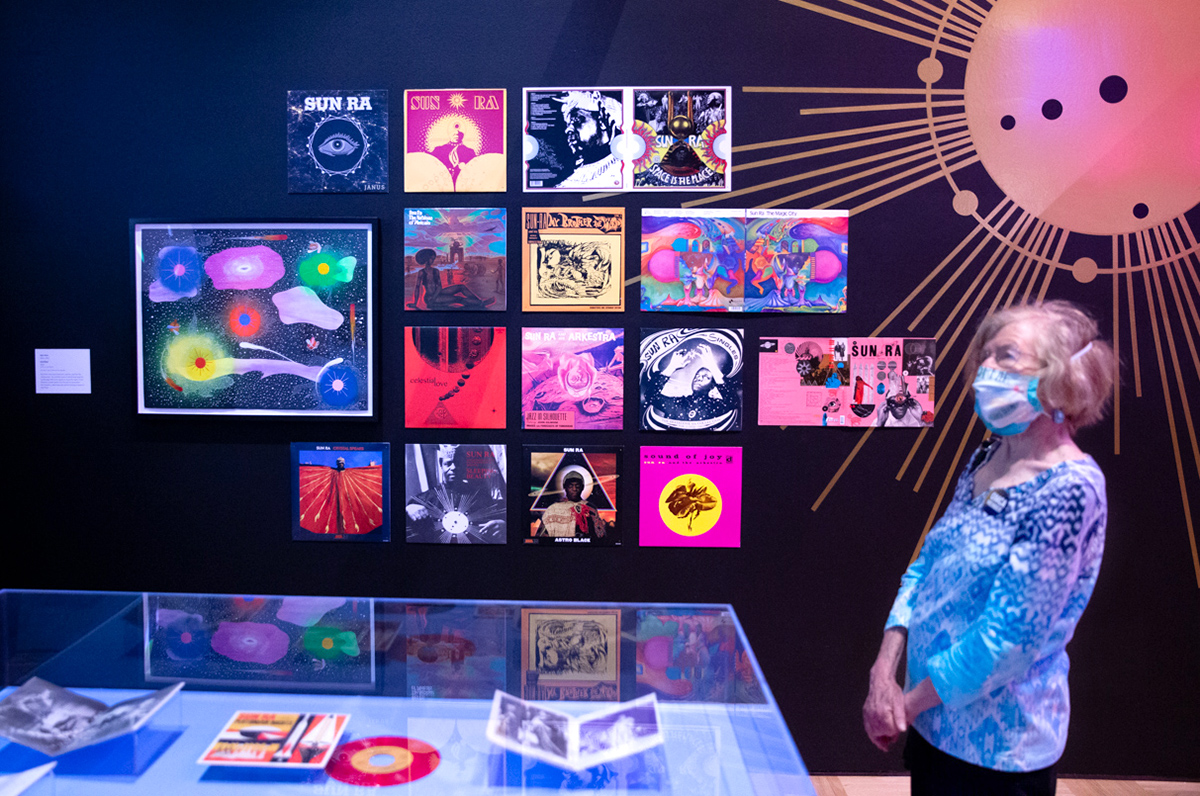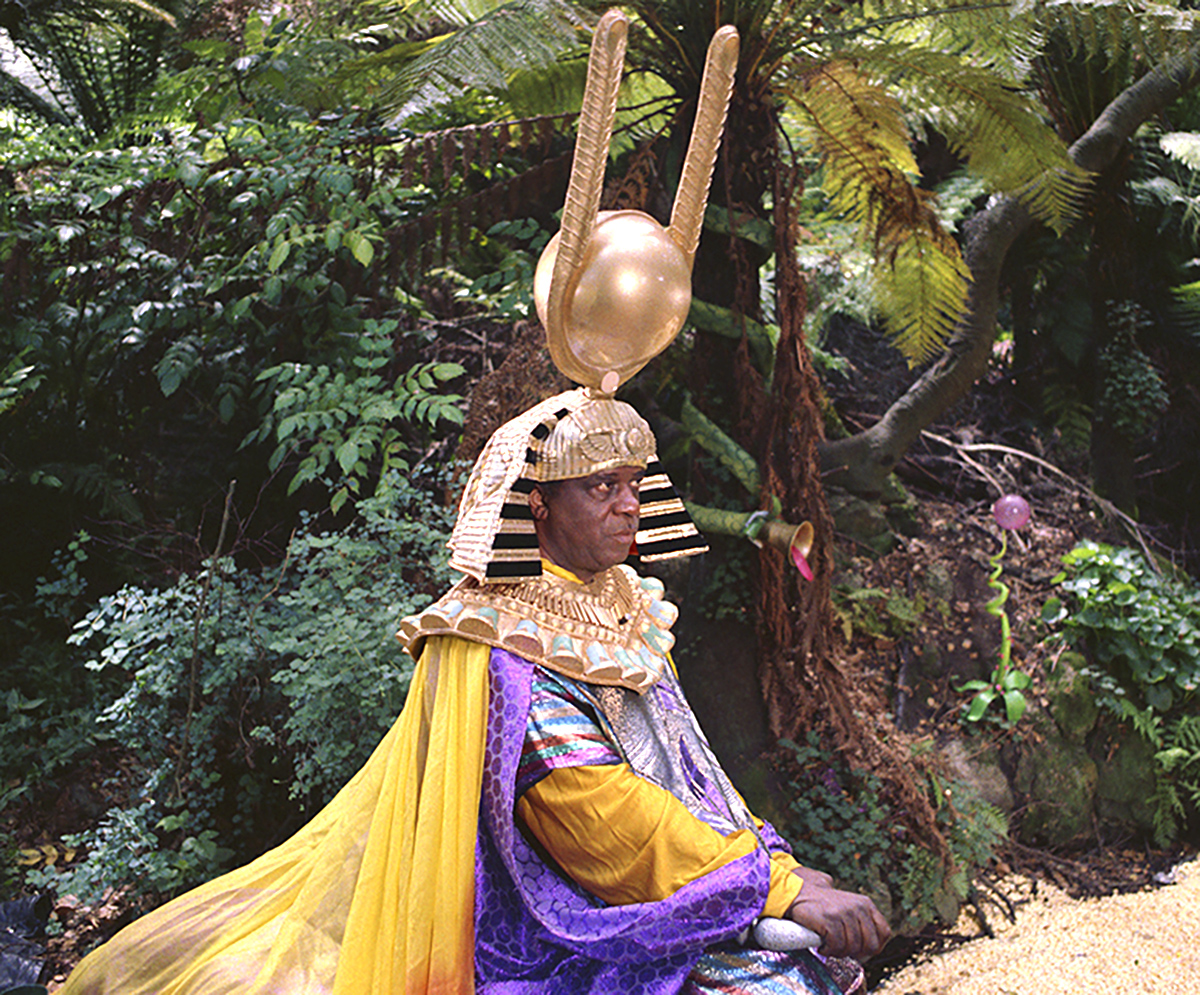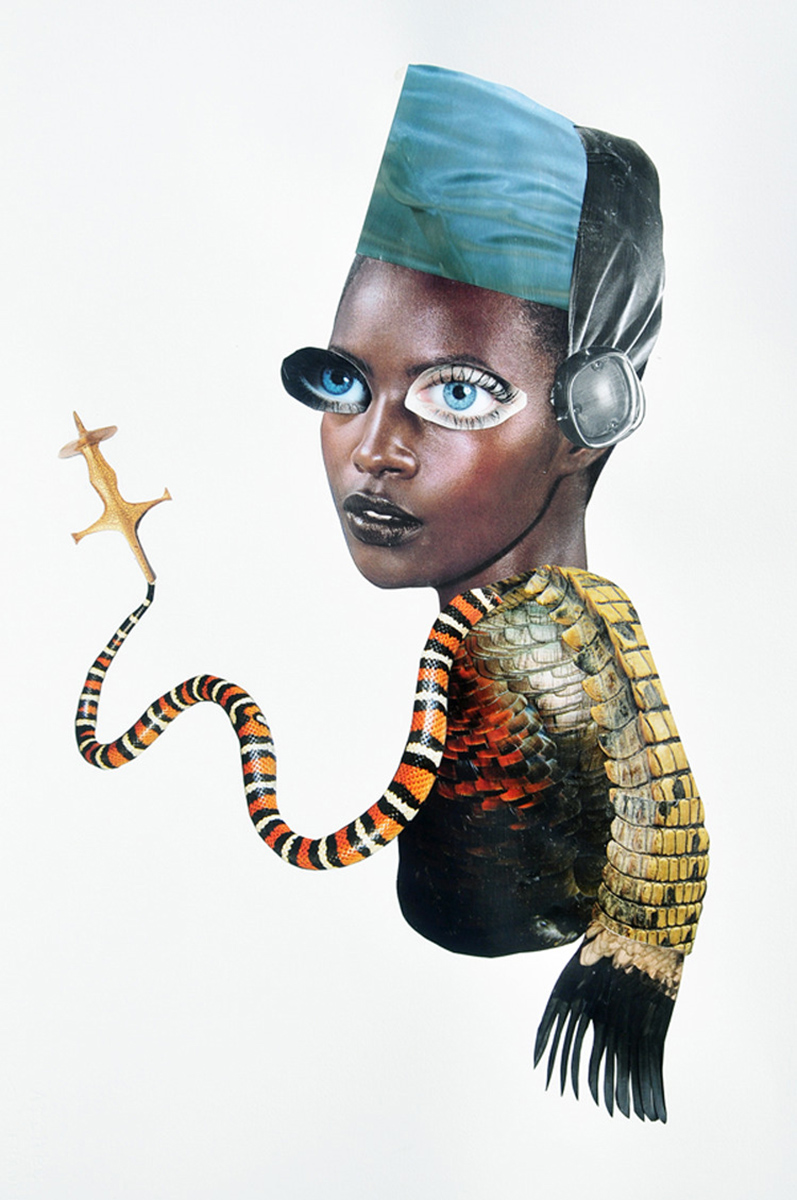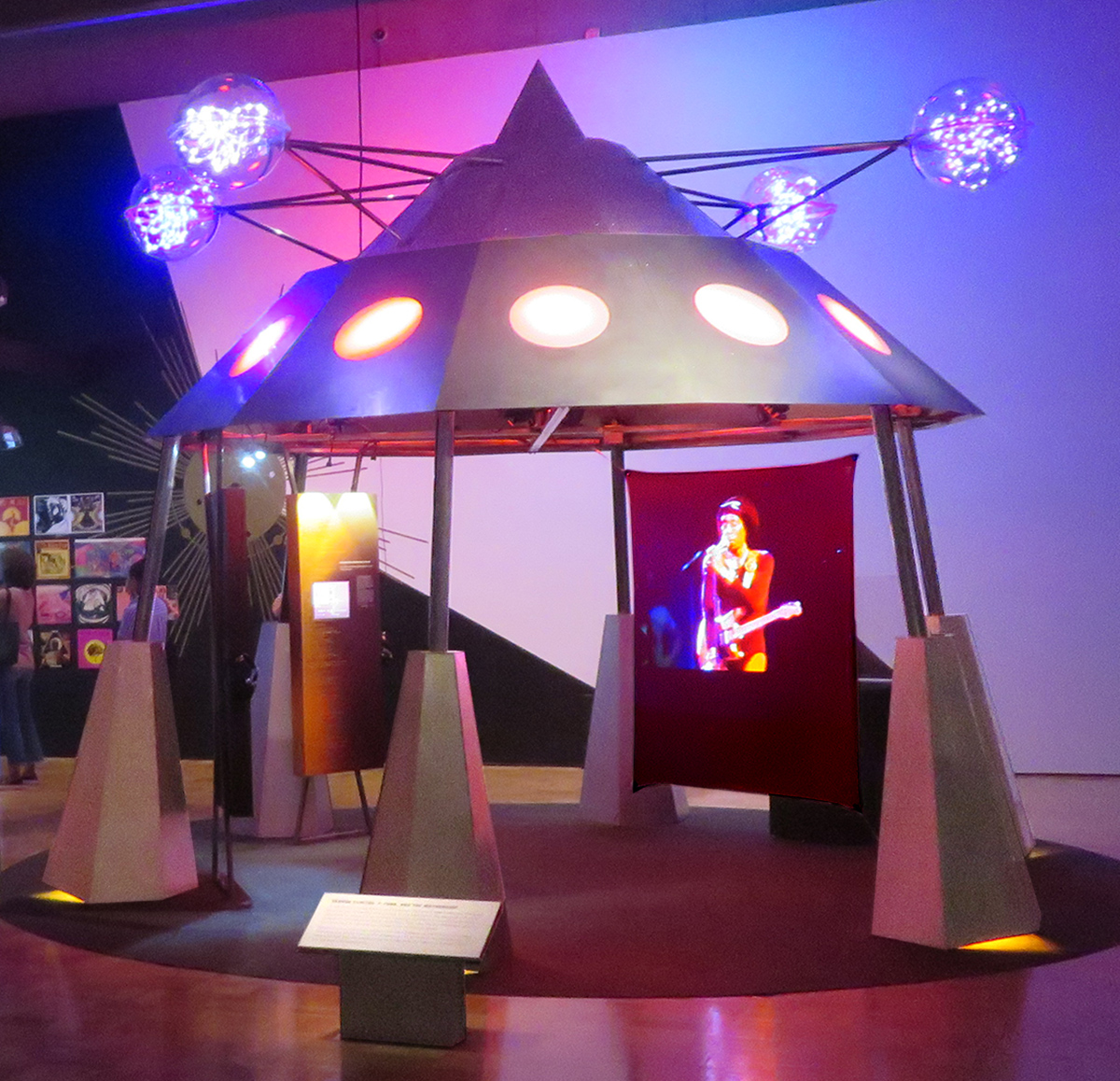
Following the Spaceways to Liberation
 |
Virgil Grisssom was not a Black person, nor was John Glenn. None of the earliest NASA or Soviet astronauts were Black. Indeed, with the exception of Lt. Uhura from ‘Star Trek,’ no Black person went into space until 1983, when Guion Bluford flew in the space shuttle Challenger in 1983.
Much earlier, though, advanced thinking African-American cultural figures were heading for the stars.
“We follow the spaceways from planet to planet,” members of the Sun Ra Arkestra sang back in the 1960s, and “Space is the place.”
What is Afrofutrism? The Oakland Museum explains:
 |
“Afrofuturism uses improvisation, funk and fantasy as transformative journeys to build cosmic visions for Black freedom. World building, time travel, and pleasure create new frequencies that place Black joy as its own rhythmic wavelength reaching toward space while rooted on the earth.”
Although the term wasn’t coined until 1993, Afrofuturism as a style and a rebellious cry for a better life, had its birth in the mid 20th century – or maybe even earlier, as revealed in a lively exhibit at the Oakland Museum of California.
‘Mothership: Voyage into Afrofuturism’ fills the museum’s great hall through February 27. It show how Afrofuturism can get. It includes a mesmerizing room-sized video installation delving into 'organic time' by Selam Bekele, a young woman from Oakland by way of Ethiopia.
You can also enjoy a reconstruction of the ‘Mothership,’ the flying saucer-like contraction that George Clinton’s band Parliament Funkadelic used as their centerpiece prop for years starting in the 1970s.
Inside the Mothership you can listen and watch the band in action, the very definition of Afrofuturism. Also on display is one album cover by Funkadelic’s frequent collaborator, artist Pedro Bell, whose style helped define Afrofuturism.
 |
The cover for ‘Cosmic Slop,’ from 1973, portrays what might be a Black Earth Goddess – or monster – with fangs for teeth and bells for a necklace. The whole world fills one of her breasts; a radio dial fills the other.
Another inventor of the movement before it had a name was the big bandleader-pianist Sun Ra (1914-1993). After he changed his name in 1952 from Herman Blount, Sun Ra performed widely with his 'Arkestra.' African drums would pound as they marched into the dancehall, chanting. Sun Ra was always in astral gear, gazing heavenward in a trance while making magic with the keys.
His ‘Space is the Place’ film, filmed in Berkeley and Oakland in 1973, plays in part during the exhibit. The museum calls it “a free jazz version of Black Liberation through space travel.”
Most of the artists in the show were born after the mid-20th century; many indeed were born in the 21st. But that’s OK. Time is fluid in the ethos of Afrofuturism, and time travel common.
 |
The earliest instance of Afrofutrism shown here dates back to W.E.B. Dubois (1868-193), noted author, professor, radical, a founder of the NAACP and, believe it or not, a science fiction writer before that term was invented.
In the 1908 novel ‘The Princess Steel’ a Black scientist invents a device that enables man to see “across time and reveals the connections between capitalism and class oppression.” An artist collaborative called Black Kirby, comprising John Jennings and Stacey Robinson, brings this device – the Megascope – to life through a colored drawing that does suggest the work of the duo’s inspiration, comic book artist Jack Kirby.
Los Angeles artist Chelle Barbour, who was born in 1964, shows strange, portrait-like portrayals of Black women. Like many works in the show, these either use collage, or suggest collage, blending disparate elements in surprising ways.
Barbour says her work blends Afrosurrealism and Afrofuturism, producing “radical representations of beautiful dark women whose agency is beyond marginalization and reflect an archetype of Black women as unique avatars, warriors, protagonists, and interlocutors.”
South African art Mohau Modisakeng, who contributes 'Pasaage,' an 18-plus minute multi-screen look at what appears to be immigrants seeking a better life while drowning – and dancing, in submerging rowboats – takes issue with aspects of Afrofuturism.
“Afrofuturism should abandon the real of the fantastical and confront power inequality and the stifling of Black progress in Africa and everywhere elsewhere," he writes. "Black people are living under trying conditions.”
The exhibit makes clear that Afrofuturism has a future.
- ‹ previous
- 259 of 677
- next ›



